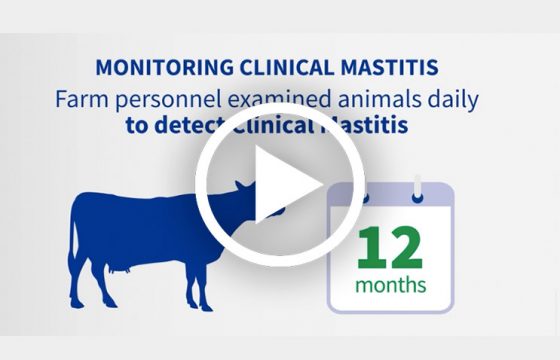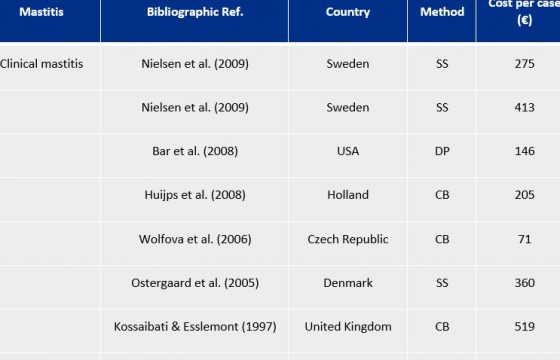Success stories about Mastitis vaccination: What are the economic benefits?
Is vaccination against mastitis a useful and profitable tool? What are the concrete benefits that it brings to farms? We are visiting different countries to hear the views of veterinarians and farmers on vaccination against bovine mastitis. What has been their experience?
Interview with Mónica García (Spain)
Mónica García Mon is a Milk Quality and Certification veterinary technician at the Meira Veterinary Centre (Galicia, Spain).
. . . . . . . . . . . .
“On this farm, for each 1€ invested in the vaccine against bovine mastitis, 6.35€ were saved in mastitis losses”
. . . . . . . . . . . .
What are the main problems associated with milk quality and the economic losses caused by bovine mastitis?
Milk quality is one of the main problems on a farm where most losses are caused: economic losses, production losses, treatment costs and the increased work for the farmer when there are mastitis problems.
When did you start vaccinating against mastitis and what led you to take this decision?
At the Veiga da Lama farm (Galicia, Spain) we started in 2015, in April or May, because it was a farm with a bulk milk somatic cell count of 120,000-150,000.
This was actually not the problem, but there was a high incidence of clinical clinical mastitis and colibacilli, so we decided to introduce a Startvac vaccination schedule.
How did they react when you explained that there was a vaccine for the prevention of bovine mastitis?
I explained to them that it would be advisable to introduce a vaccination schedule with Startvac and they said to me “let’s do it!”.
In the beginning, they did not believe that they would have the results that they did, but now they are very happy.
What drew your attention to the product and why did you decide to use it?
We decided to use it because it’s a vaccine that covers the pathogens that they had on this farm.
Also, because of its presentation, as it comes in both a single dose and larger doses and was well suited to the farm.
What were the main benefits of vaccination, both in terms of the quality of the product and in economic terms?
The greatest benefit was the dramatic reduction in clinical bovine mastitis.
In fact, in the year before the vaccine was used, there were about 90 clinical cases, 10 of them severe, with the deaths of some cows, and from the following year there were 38 mild cases in which virtually no antibiotics were used, just an anti-inflammatory and nothing else.
What would you say to someone who does not know whether to start vaccination for the prevention of bovine mastitis on their farm?
Firstly, that they should consult their milk quality expert as it is not appropriate on all farms and if they do recommend vaccination, that they do it and that they look at the figures, as it is the figures on diseases, milk somatic cell counts, incidence, prevalence… which really show whether it is wise or not, in other words, whether or not it will work for you.
For example, on this farm we did a calculation from the time we started to use the vaccine and for each euro invested in the vaccine, we saved 6.35 euros in mastitis losses.
As we have been able to see with Mónica’s testimony, only a year after the introduction of the vaccine on the farm, the results were starting to be clear, with both a reduction in the number of clinical cases of bovine mastitis and in the severity of these.
In addition to the reduction in the number of cases, it is important to highlight the profitability of vaccination, which in the case of this farm was 6.35€ per euro invested.


